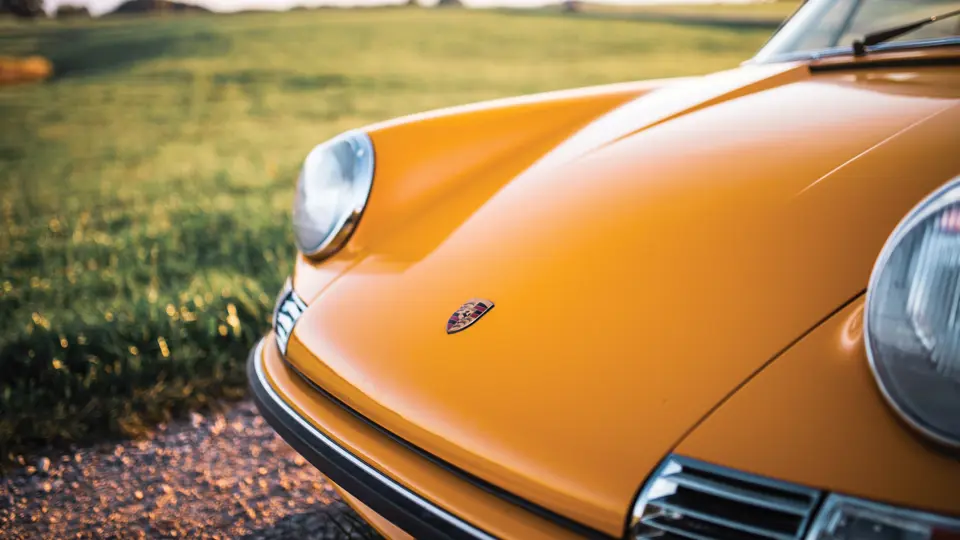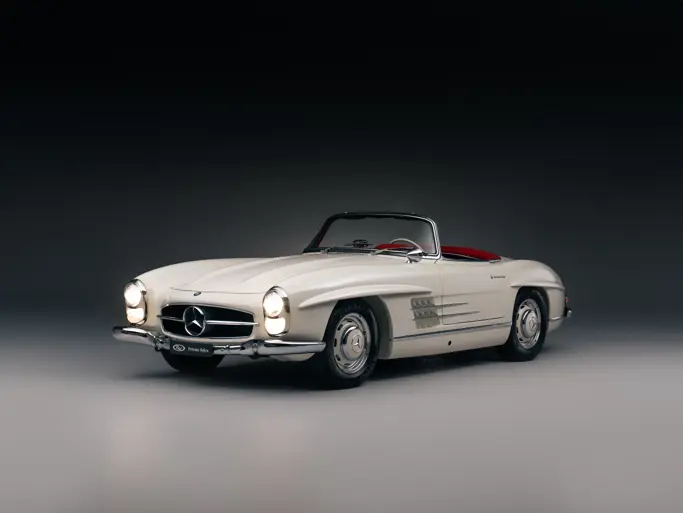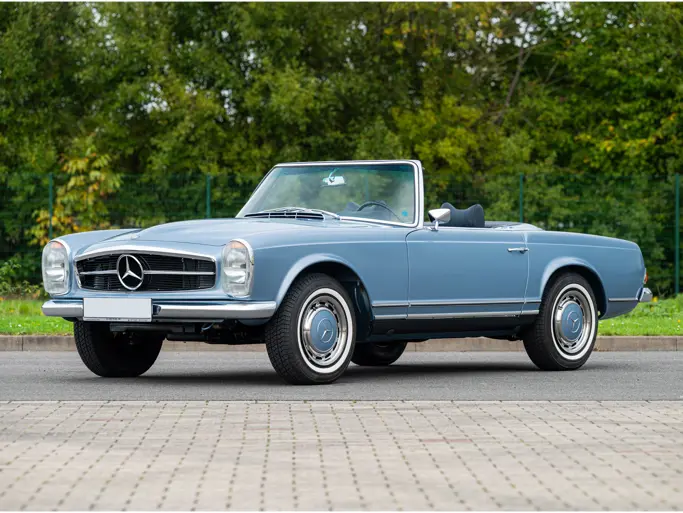
1973 Porsche 911 Carrera RS 2.7 Prototype
{{lr.item.text}}
$1,325,000 USD | Sold
{{bidding.lot.reserveStatusFormatted}}
- The second 911 Carrera RS built, one of four such prototypes
- Pictured in early marketing literature for the model
- Numerous unique features
- Unquestionably one of the most significant examples of the ’73 Carrera RS
For Porsche collectors and enthusiasts, 1973 is a hallmark year for the marque, not only because it marked the last year of the original-style ‘small-bumper’ 911, but also the most exciting and iconic dual-purpose 911 of all time: the 911 Carrera RS. By adding power and removing weight, Porsche perfected the 911 formula, creating a car that would impress drivers on the road, but also consistently win races. However, before the 911 Carrera RS could have its impact on the automotive world, a batch of early examples were built, tested, and refined by Porsche to ensure its success. The example offered here is one such car.
Nine 911 Carrera RS models were built and kept by the factory for testing and pre-production purposes, of which the example offered here was the second such car built. Although the exact dates are debated, alongside chassis no. 9113600011 (the first Carrera RS), chassis no. 9113600012 was probably produced in April 1972, six months prior to the beginning of regular production of the model, and well before the 1973 model year formally began. It was followed shortly thereafter by chassis 9113600013 and 9113600014.
The most evident difference between this and the production Carrera RS that followed is 0012’s lack of the now iconic ‘duck-tail’ rear spoiler, making for a much subtler appearance akin to a 911 S, albeit with slightly wider rear fenders. The car also boasted an 85-liter gas tank, wheel arches, and its engine bay spray-painted black. A space-saver spare tire and a 1.5-hp starter further differentiate it from the cars that would come after. Another difference is the chrome trim around the turn signals, which were painted black for the later cars. Additionally, the first four Carrera RS examples were based on 911 S bodyshells from the 1972 model year and modified to what would become 1973 Carrera RS specifications. These four cars were internally designated by the factory as 911.644, while the Carrera RS would be designated 911.744.
The subject car first appeared on a sales brochure for the 1973 model year, which was produced in the summer of 1972. Chassis no. 0012, finished in Signal Yellow, appeared alongside three other 911s as the replacement to the 2.4-liter 911 S. Used for testing of the model prior to the start of regular production (wearing registration number LB-SN 883), the car was purportedly used for rides with motoring journalists. During the remainder of RS 2.7 production, Porsche held on to chassis no. 0012, and it was sold to its first owner after production had ceased. Helmuth Koinigg was the car’s first private owner, taking possession on 26 September 1973 and repainting the car white shortly thereafter.
Said to have been a gift from the factory (as was the case with many of the pre-production cars), this Carrera RS was awarded to a budding racing driver starting to show promise. Koinigg raced with Porsche at Le Mans in 1974 in a turbocharged Carrera RSR. Although he unfortunately failed to finish, withdrawing in the eighth hour, his driving must have been impressive nonetheless. Koinigg signed with Surtees in Formula 1 for the last two races of 1975 and finished 10th overall at the Canadian Grand Prix, an impressive result and for his second Formula 1 Grand Prix. Tragically, at the very next race, the U.S. Grand Prix at Watkins Glen, he was killed in an accident on the 10th lap.
Chassis no. 0012 remained in Austria and was sold to Helmut Gold in February 1975. As Porsche would have intended, Gold used the car frequently, taking it on extended trips and reportedly driving the car as far away as Africa, keeping it for roughly 10 years until it was sold to Erich Weidener of Memminghem, Germany. Weidener kept it for five years, before selling it to Friedhelm Tang of Bonn in 1990. The car was purchased by Christopher Stahl, also of Bonn, who began a restoration, but it was then sold to U.S. collector David Mohlman prior to its completion. Mid-restoration upon his acquisition, he sent the car to BS Motorsport of Westcott in Buckinghamshire while the engine and transmission were entrusted to Manfred Rugen Motorenteknik of Hepstedt, Germany, to be fully rebuilt.
After remaining in the U.S. through the mid-2000s, the car returned to Austria in 2008 when it was purchased by Johannes Willenpart and presently resides with a collector in Germany. Today, this early Carrera RS prototype appears largely as it did when it was first seen in the 1973 brochure. Still sporting RS bumpers, houndstooth seats, and 15-in. wheels (6-in. wide at the front and 7-in. wide at the rear), at a casual glance, it could almost be mistaken for a 911 S. However, keen eyes will spot the Carrera RS’ wider hips, hinting at the performance within.
Forty-five years after its production concluded, the importance of the 911 Carrera RS 2.7 remains as strong today as when it was introduced. Chassis no. 0012 played a pivotal role in developing the model and as such, is one of the most significant examples of its kind. It would be a noteworthy addition to any Porsche collection and begs to be driven, enjoyed, and presented at the world’s most exclusive motoring events.




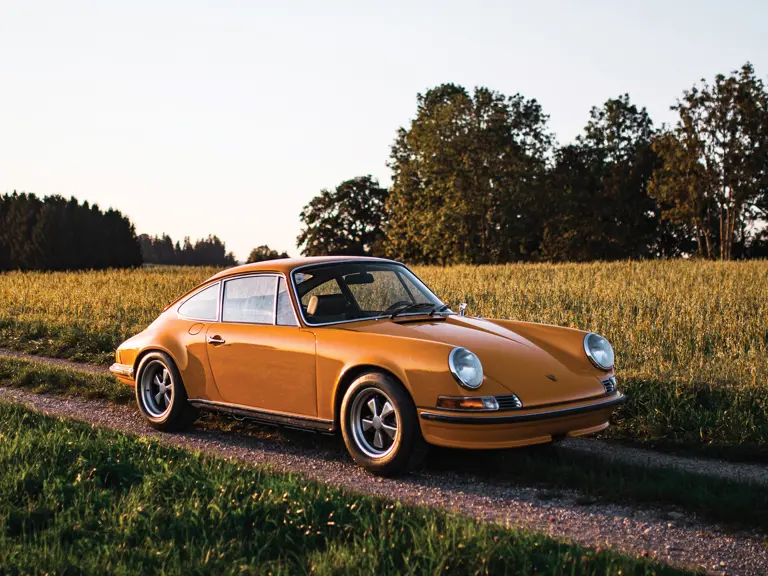










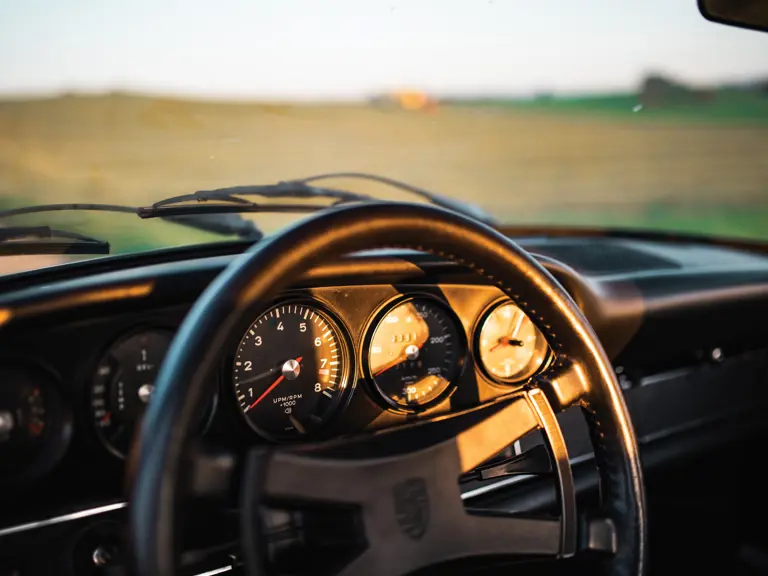







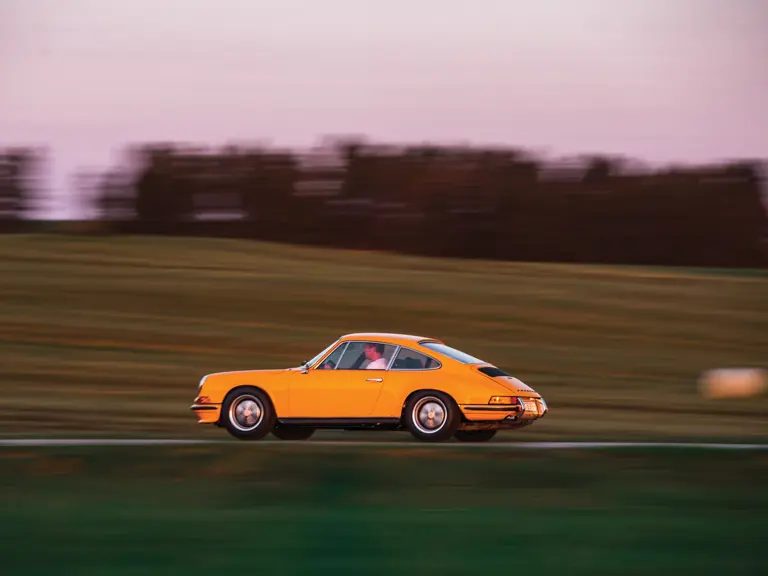
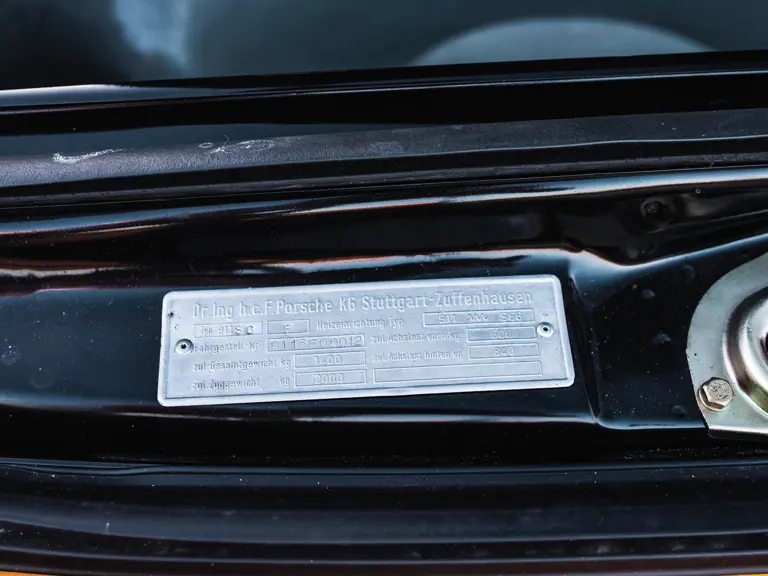
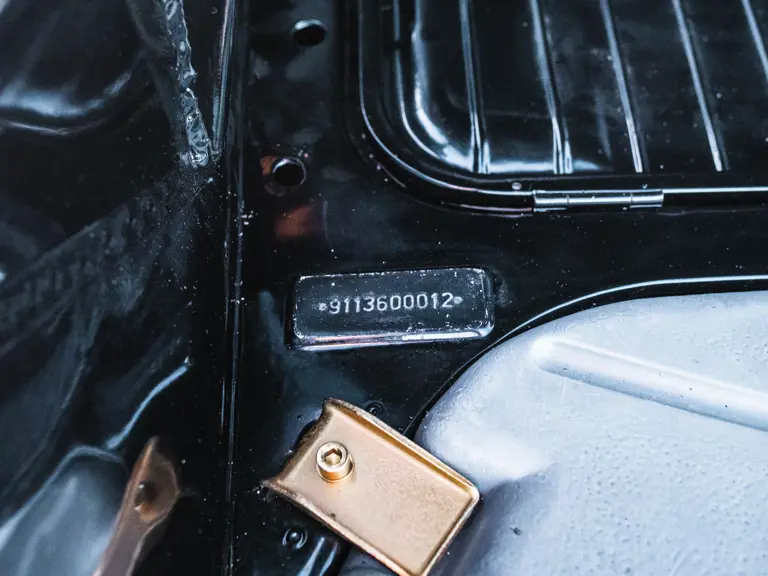



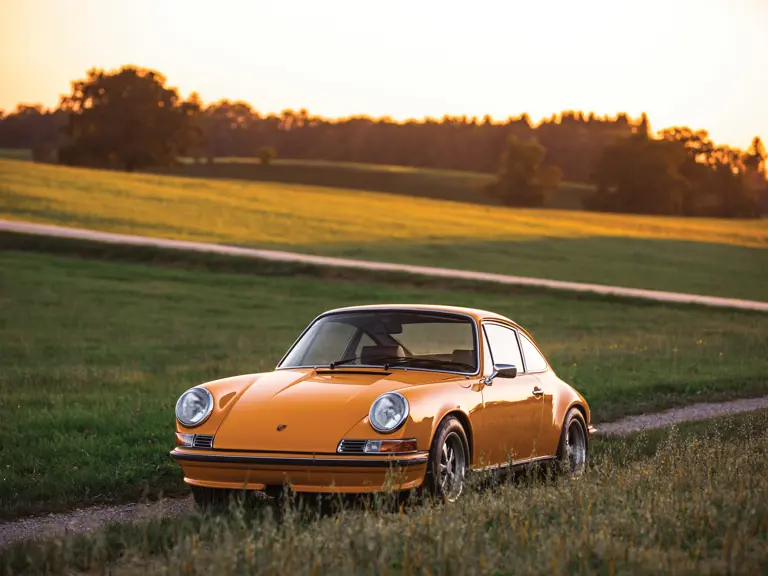

 | Atlanta, Georgia
| Atlanta, Georgia

